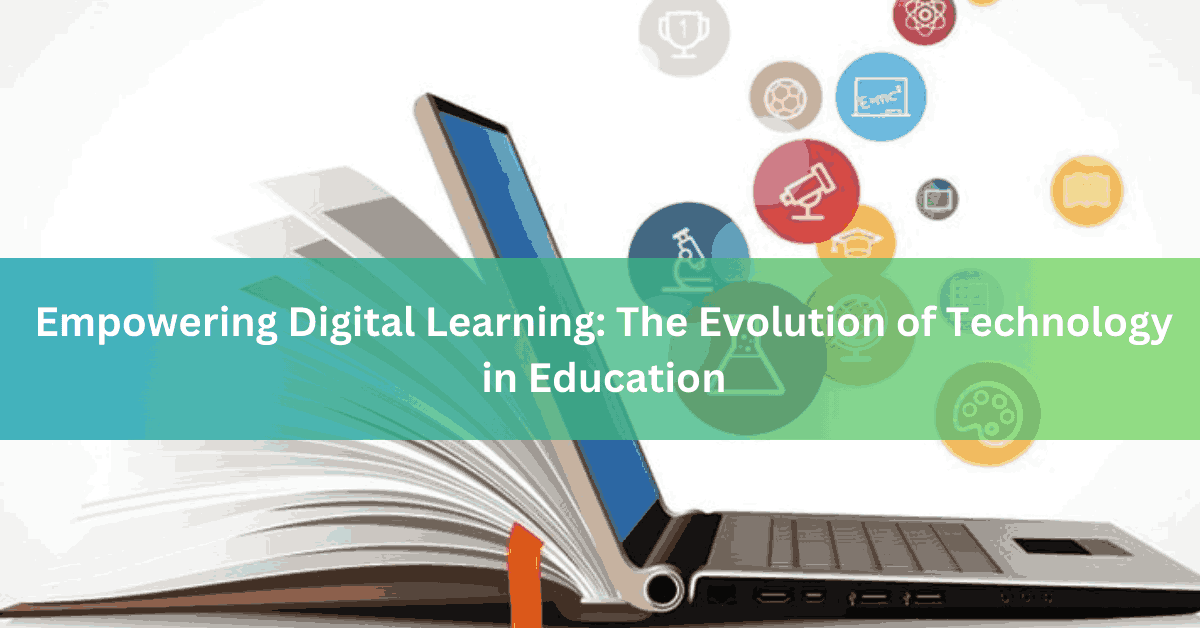Empowering Digital Learning: The Evolution of Technology in Education
The digital revolution has significantly transformed the education landscape, introducing innovative tools and platforms that redefine the learning experience. Central to this transformation is integrating technology in classrooms, from elementary schools to universities.
Technologies like interactive whiteboards, learning management systems, and Chromebook charging carts have become staples in modern educational settings, underscoring the shift towards more interactive, accessible, and personalized learning.
This evolution reflects a broader trend of digital empowerment within education, enabling teachers and students to leverage the vast potential of digital resources.
This article explores the multifaceted impact of technology on education, focusing on integrating mobile devices, managing digital tools, designing charging stations, and transitioning to digital classrooms, all of which are pivotal in enhancing the educational journey.
The Impact of Mobile Devices on Interactive Learning
Mobile devices have brought people into a new era of interactive learning, making education more engaging and accessible. Tablets, smartphones, and laptops are standard classroom tools, enabling students to access a wealth of information and resources at their fingertips.
Using mobile devices supports various learning styles, accommodating visual, auditory, and kinesthetic learners through diverse apps and software. Furthermore, these devices facilitate real-time feedback and assessment, aiding educators to tailor their instruction to meet the individual needs of each student.
The ability to collaborate on projects, share resources, and communicate with peers and teachers has also been greatly enhanced, fostering a more connected and interactive learning environment.
Strategies for Managing Digital Devices in Schools
As digital devices become more prevalent in educational settings, effective management strategies are becoming increasingly important. Schools must develop comprehensive policies and practices to ensure these tools are used responsibly and effectively.
This includes establishing guidelines for acceptable use, implementing security measures to protect student data, and training teachers and students on digital literacy and citizenship.
Equally crucial is the maintenance and upkeep of these devices, which requires a coordinated effort to address issues of software updates, hardware repairs, and technical support. Schools can maximize their educational benefits by proactively managing digital devices while minimizing potential distractions and technical difficulties.
Designing Effective Charging Stations for Educational Settings
Adding mobile devices in classrooms necessitates designing effective charging solutions, like Chromebook charging carts, to keep these tools powered and ready.
Charging stations must be thoughtfully designed to accommodate the specific needs of educational environments, considering factors such as capacity, accessibility, and safety.
These stations should offer ample charging ports to serve all students, be easily accessible within the classroom to minimize disruption and adhere to safety standards to prevent overcharging and electrical hazards.
The design and placement of charging stations can significantly influence the efficiency and flow of digital learning, ensuring that devices are always available when needed.
Navigating the Transition to a Digital Classroom
The transition to a fully digital classroom has challenges, ranging from technical issues to resistance from educators and students accustomed to traditional learning methods. Overcoming these obstacles requires a strategy that includes teacher training and support, investment in reliable infrastructure, and the cultivation of a digital culture within the school.
Addressing the digital divide is also crucial, ensuring all students have equal access to technology and the internet. Solutions such as providing devices to students who need them, offering technical support, and integrating digital literacy into the curriculum are essential to creating an inclusive and effective digital learning environment.
Fostering Creativity and Innovation through Educational Technology
Educational technology facilitates interactive learning and catalyzes creativity and innovation. Digital tools allow students to explore new concepts, experiment with different media, and express their ideas uniquely.
Technology enables students to engage in hands-on, project-based learning incorporating critical thinking and problem-solving skills, like coding and robotics or digital art and multimedia projects.
By encouraging exploration and experimentation, educational technology empowers students to become digital content creators, not just consumers.
Promoting Equity and Accessibility in Digital Education
A critical aspect of empowering digital learning is ensuring equity and accessibility for all students. As technology becomes increasingly integrated into educational settings, the necessity of providing equitable access to digital tools and resources cannot be overstated.
This involves addressing disparities in access to technology, both within and outside the classroom, to prevent the digital divide from widening.
Schools and educational institutions must implement strategies to make sure that all students, regardless of their socio-economic background, have access to the necessary technology and high-speed internet. This might include loan programs for devices, subsidies for internet access, and the development of accessible digital content that meets various learning needs and preferences.
Accessibility considerations must extend to students with disabilities, ensuring digital platforms, tools, and resources have universal design principles in mind. This includes offering alternative text for images and captions for videos and ensuring that digital resources are navigable and usable for students with various physical and learning disabilities.
By prioritizing equity and accessibility, the educational sector can use technology to enhance learning outcomes and build a more inclusive and equitable digital learning environment.
This approach underscores the commitment to ensuring that the digital revolution in education benefits every student, paving the way for a more diverse and inclusive future in digital learning.
Conclusion
In conclusion, the evolution of technology in education represents a significant shift towards more interactive, engaging, and personalized learning experiences.
The integration of mobile devices, effective management of digital tools, thoughtful design of charging stations like Chromebook charging carts, and strategic approaches to digital classroom transition are all critical components of this transformation.
As educational institutions navigate the complexities of digital integration, the focus must remain on enhancing the learning experience for all students.
By embracing the opportunities presented by educational technology, schools can foster environments that prepare students for the digital age and inspire creativity, innovation, and lifelong learning.





